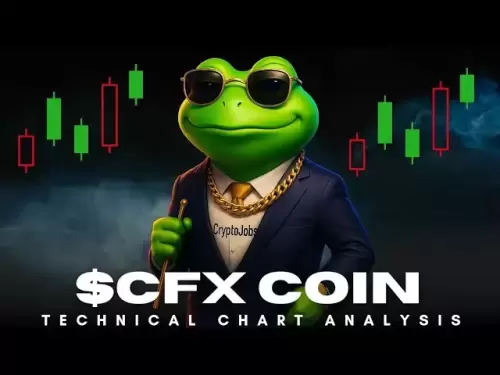-
 Bitcoin
Bitcoin $119000
-2.21% -
 Ethereum
Ethereum $4315
1.01% -
 XRP
XRP $3.151
-3.11% -
 Tether USDt
Tether USDt $0.0000
0.00% -
 BNB
BNB $808.5
-0.71% -
 Solana
Solana $175.8
-4.21% -
 USDC
USDC $0.9999
0.00% -
 Dogecoin
Dogecoin $0.2250
-3.92% -
 TRON
TRON $0.3469
1.77% -
 Cardano
Cardano $0.7818
-3.81% -
 Chainlink
Chainlink $21.47
-2.10% -
 Hyperliquid
Hyperliquid $43.30
-6.81% -
 Stellar
Stellar $0.4370
-2.84% -
 Sui
Sui $3.682
-4.40% -
 Bitcoin Cash
Bitcoin Cash $590.8
2.67% -
 Hedera
Hedera $0.2484
-5.20% -
 Ethena USDe
Ethena USDe $1.001
0.00% -
 Avalanche
Avalanche $23.10
-4.29% -
 Litecoin
Litecoin $119.2
-3.96% -
 Toncoin
Toncoin $3.409
0.90% -
 UNUS SED LEO
UNUS SED LEO $9.016
-1.29% -
 Shiba Inu
Shiba Inu $0.00001304
-3.82% -
 Uniswap
Uniswap $11.18
1.33% -
 Polkadot
Polkadot $3.913
-3.51% -
 Cronos
Cronos $0.1672
-3.08% -
 Dai
Dai $1.000
0.02% -
 Ethena
Ethena $0.7899
-4.70% -
 Bitget Token
Bitget Token $4.400
-1.23% -
 Pepe
Pepe $0.00001132
-5.93% -
 Monero
Monero $257.9
-6.44%
How to use Ichimoku cloud map to trade?
The Ichimoku Cloud Map provides traders with a comprehensive view of market trends and momentum, enabling the identification of key support and resistance levels, trend changes, and trading opportunities.
Feb 24, 2025 at 10:12 pm
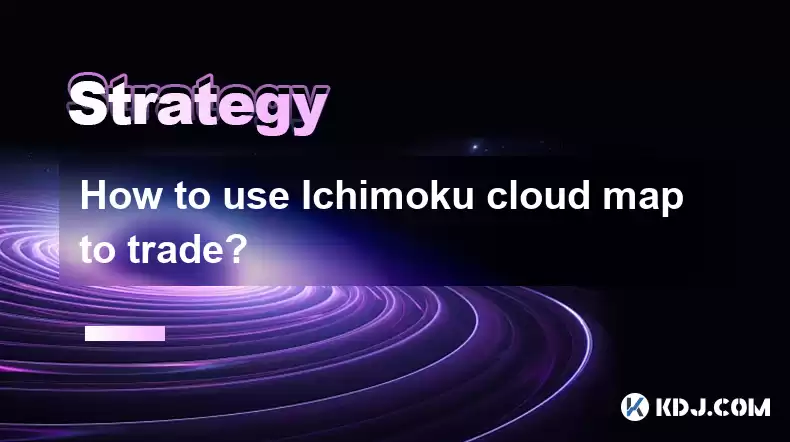
Key Points:
- Understanding the Ichimoku Cloud Map
- Identifying Key Levels and Patterns
- Applying Trading Strategies
- Managing Risk and Position Sizing
- Additional Tips and Considerations
Understanding the Ichimoku Cloud Map
The Ichimoku Cloud Map is a technical indicator developed by Japanese trader Goichi Hosoda. It combines multiple time frames and moving averages to provide a comprehensive view of market trends and momentum. The core components of the map include:
- Tenkan-sen (Conversion Line): An average of the highest and lowest prices over the past nine periods.
- Kijun-sen (Base Line): An average of the highest and lowest prices over the past 26 periods.
- Senkou Span A (Leading Span A): An average of the Tenkan-sen and Kijun-sen shifted forward by 26 periods.
- Senkou Span B (Leading Span B): An average of the highest and lowest prices over the past 52 periods, shifted forward by 26 periods.
- Chikou Span (Lagging Span): The closing price plotted 26 periods behind the current price.
The Ichimoku Cloud is formed by the area between Senkou Span A and Senkou Span B. When the Cloud is green, it indicates a bullish trend. Red clouds represent bearishness.
Identifying Key Levels and Patterns
The Ichimoku Cloud Map helps identify key support and resistance levels. The Kijun-sen and Tenkan-sen act as dynamic support and resistance levels, respectively. Breakouts above or below these levels often signal potential trend changes.
Other patterns to watch for include:
- Bullish Cloud Twist: When the Tenkan-sen and Kijun-sen cross above the Cloud, it suggests a bullish reversal.
- Bearish Cloud Twist: Conversely, a cross below the Cloud indicates a bearish reversal.
- Cloud Cycle: Periods of high volatility can cause the Cloud to expand and contract. Expansion phases often correspond with increased trend momentum, while contraction phases signal potential reversals.
Applying Trading Strategies
The Ichimoku Cloud Map can be used to develop both short-term and long-term trading strategies. Some common strategies include:
- Bullish Trade: Enter a long position when the price crosses above the Cloud and the Chikou Span is lagging above the current price. Exit the trade when the Chikou Span falls below the current price.
- Bearish Trade: Enter a short position when the price crosses below the Cloud and the Chikou Span is lagging below the current price. Exit the trade when the Chikou Span rises above the current price.
- Trend Following: Hold positions as long as the price remains within the Cloud and the Chikou Span supports the trend. Exit the trade when the price breaks the Cloud or the Chikou Span indicates a reversal.
Managing Risk and Position Sizing
Risk and position sizing are crucial components of any trading strategy. Using the Ichimoku Cloud Map, traders can determine potential risk-reward ratios and adjust position sizes accordingly.
- Stop Loss Placement: Place stop-loss orders below the Kijun-sen for long positions and above the Kijun-sen for short positions.
- Position Sizing: Determine position size based on the potential risk-reward ratio and the trader's risk tolerance.
- Trailing Stops: Set trailing stops to protect profits as the trend progresses.
Additional Tips and Considerations
To enhance the effectiveness of Ichimoku cloud trading:
- Use multiple time frames to confirm signals and market conditions.
- Combine with other technical indicators to improve accuracy.
- Understand the limitations of the indicator and do not rely on it solely.
- Practice strategies through paper trading before implementing them with real funds.
FAQs
Q: What is the Ichimoku Cloud Map best suited for?
A: Trend identification, support and resistance analysis, and developing trading strategies.
Q: How do you interpret a green Cloud?
A: A green Cloud indicates a bullish trend, suggesting that the market is in an uptrend and prices are expected to continue rising.
Q: What timeframe is recommended for using the Ichimoku Cloud Map?
A: Multi-time frame analysis is recommended, with common timeframes being 1-hour, 4-hour, and daily charts.
Q: Can the Ichimoku Cloud Map be used for swing trading?
A: Yes, the Ichimoku Cloud Map can provide insights for swing trading strategies by identifying potential trends and reversals.
Q: How often should the Ichimoku Cloud Map be updated?
A: Real-time updates are ideal, particularly for short-term trading strategies. Otherwise, daily or intraday updates are sufficient.
Disclaimer:info@kdj.com
The information provided is not trading advice. kdj.com does not assume any responsibility for any investments made based on the information provided in this article. Cryptocurrencies are highly volatile and it is highly recommended that you invest with caution after thorough research!
If you believe that the content used on this website infringes your copyright, please contact us immediately (info@kdj.com) and we will delete it promptly.
- Circle Stock, Blockchain, and Strong Earnings: A Bullish Outlook
- 2025-08-12 22:30:12
- Nexchain, Crypto Presale, and Rankings: What's the Buzz?
- 2025-08-12 22:30:12
- Arc Blockchain: Circle's Layer-1 Play Amidst $428 Million Loss
- 2025-08-12 20:30:13
- XRP Price: Riding the Bull Cycle Wave or Hitting a Wall?
- 2025-08-12 20:50:12
- Cloud Mining in 2025: Chasing Passive Income and High Returns
- 2025-08-12 20:30:13
- XRP Price Forecast: Can XRP Hit $8, $12.60, or Even $100? Surge Drivers Analyzed
- 2025-08-12 21:10:13
Related knowledge

How to use stop-loss orders to limit potential losses?
Aug 08,2025 at 02:01pm
Understanding Stop-Loss Orders in Cryptocurrency TradingA stop-loss order is a risk management tool used by traders to automatically sell a cryptocurr...
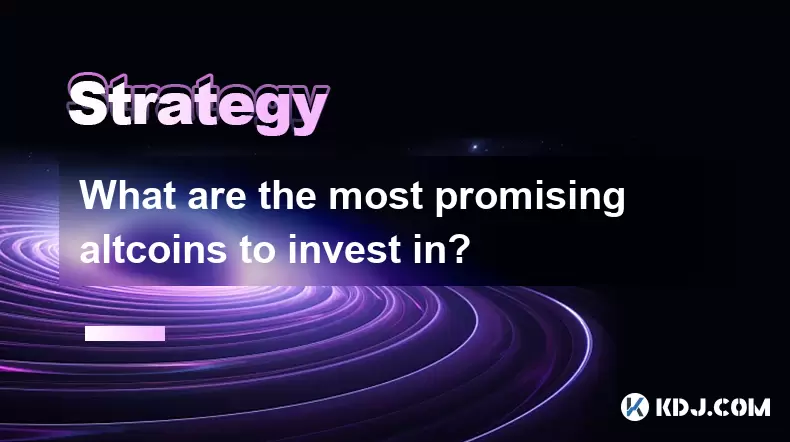
What are the most promising altcoins to invest in?
Aug 10,2025 at 11:42am
Understanding the Role of Private Keys in Cryptocurrency WalletsIn the world of cryptocurrency, private keys are the cornerstone of ownership and cont...

How to read cryptocurrency charts and use technical analysis?
Aug 08,2025 at 11:08am
Understanding the Basics of Cryptocurrency ChartsCryptocurrency charts are graphical representations of price movements over time. These charts are es...
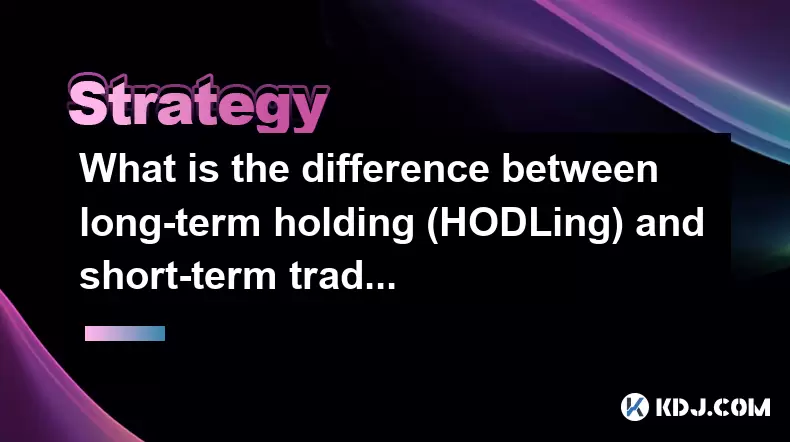
What is the difference between long-term holding (HODLing) and short-term trading?
Aug 10,2025 at 05:30pm
Understanding HODLing in the Cryptocurrency SpaceThe term HODL originated from a typo in a 2013 Bitcoin forum post and has since become a widely accep...

How to do your own research (DYOR) before investing in a crypto project?
Aug 08,2025 at 09:07pm
Understanding the Core Principles of DYOR in CryptocurrencyEngaging in due diligence before investing in any cryptocurrency project is essential to mi...
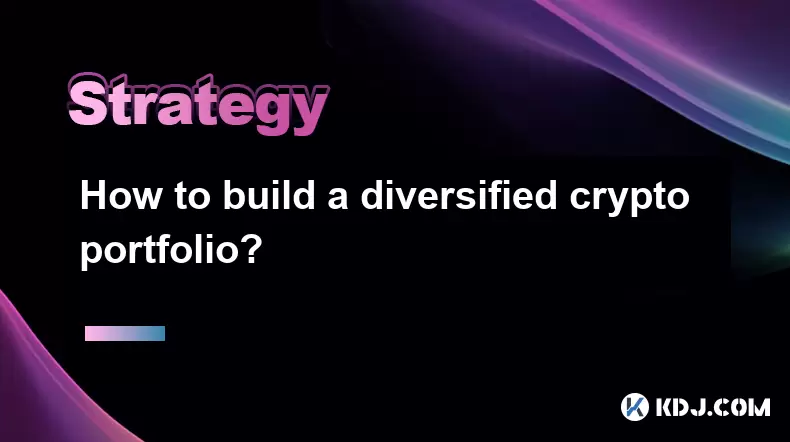
How to build a diversified crypto portfolio?
Aug 09,2025 at 12:21pm
Understanding the Importance of Diversification in CryptoDiversification in the cryptocurrency space is a strategy used to reduce risk by spreading in...

How to use stop-loss orders to limit potential losses?
Aug 08,2025 at 02:01pm
Understanding Stop-Loss Orders in Cryptocurrency TradingA stop-loss order is a risk management tool used by traders to automatically sell a cryptocurr...

What are the most promising altcoins to invest in?
Aug 10,2025 at 11:42am
Understanding the Role of Private Keys in Cryptocurrency WalletsIn the world of cryptocurrency, private keys are the cornerstone of ownership and cont...

How to read cryptocurrency charts and use technical analysis?
Aug 08,2025 at 11:08am
Understanding the Basics of Cryptocurrency ChartsCryptocurrency charts are graphical representations of price movements over time. These charts are es...

What is the difference between long-term holding (HODLing) and short-term trading?
Aug 10,2025 at 05:30pm
Understanding HODLing in the Cryptocurrency SpaceThe term HODL originated from a typo in a 2013 Bitcoin forum post and has since become a widely accep...

How to do your own research (DYOR) before investing in a crypto project?
Aug 08,2025 at 09:07pm
Understanding the Core Principles of DYOR in CryptocurrencyEngaging in due diligence before investing in any cryptocurrency project is essential to mi...

How to build a diversified crypto portfolio?
Aug 09,2025 at 12:21pm
Understanding the Importance of Diversification in CryptoDiversification in the cryptocurrency space is a strategy used to reduce risk by spreading in...
See all articles


























